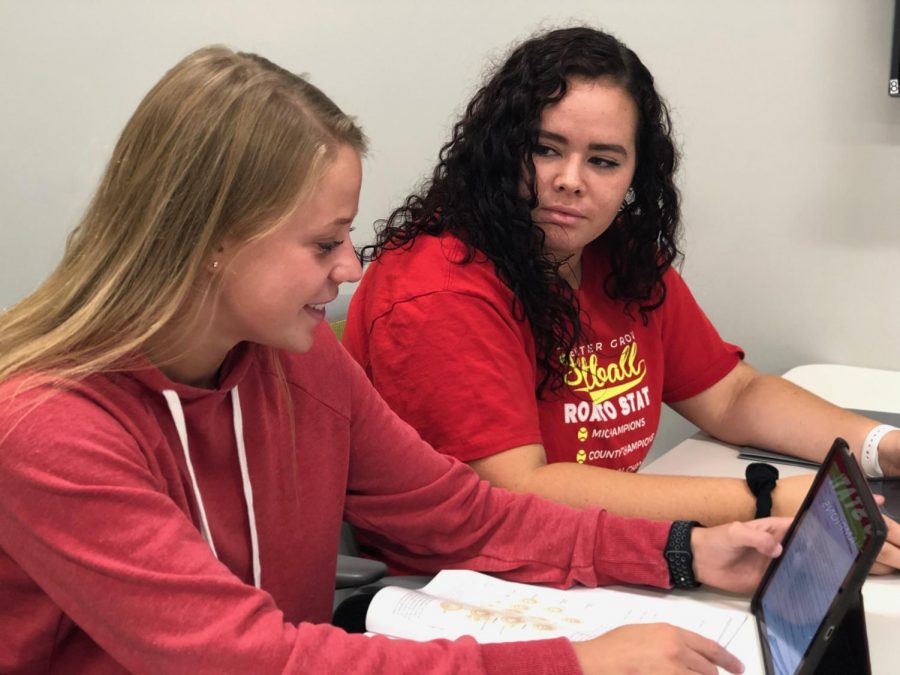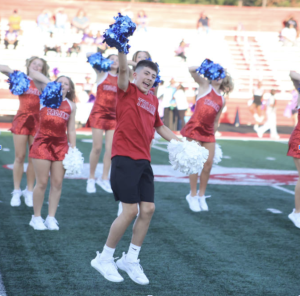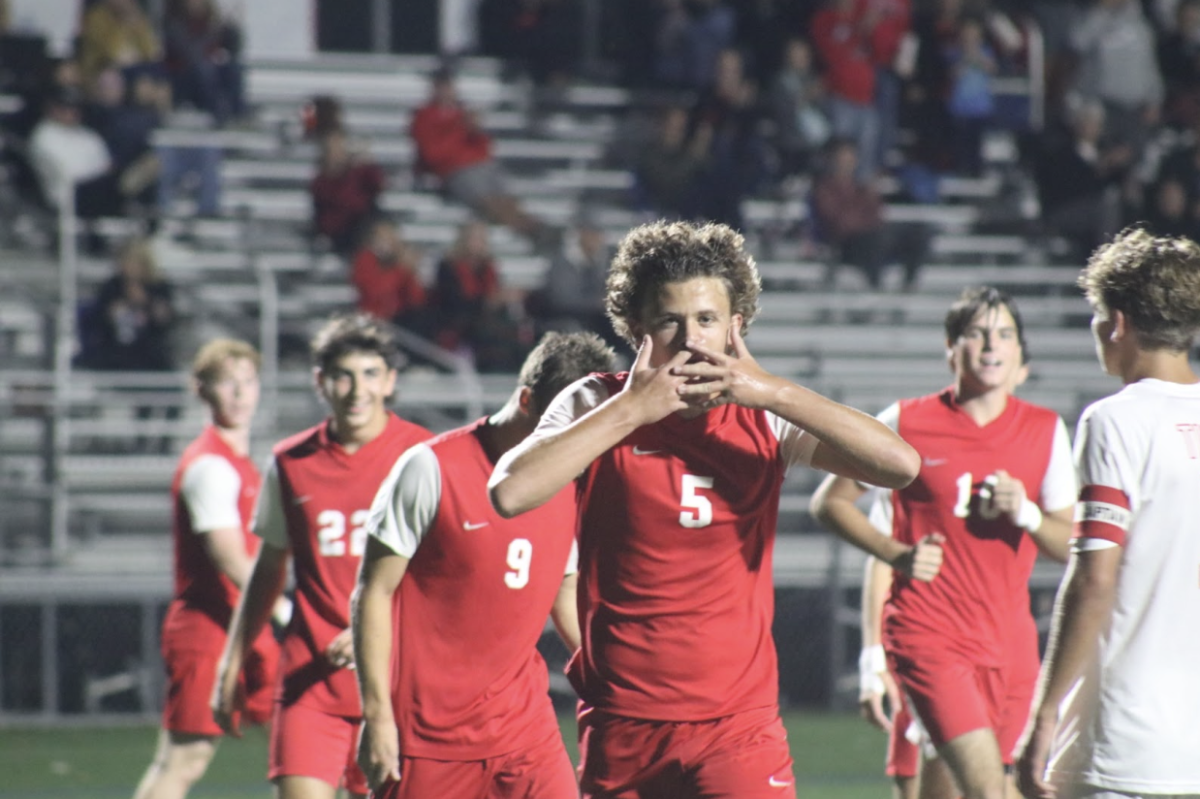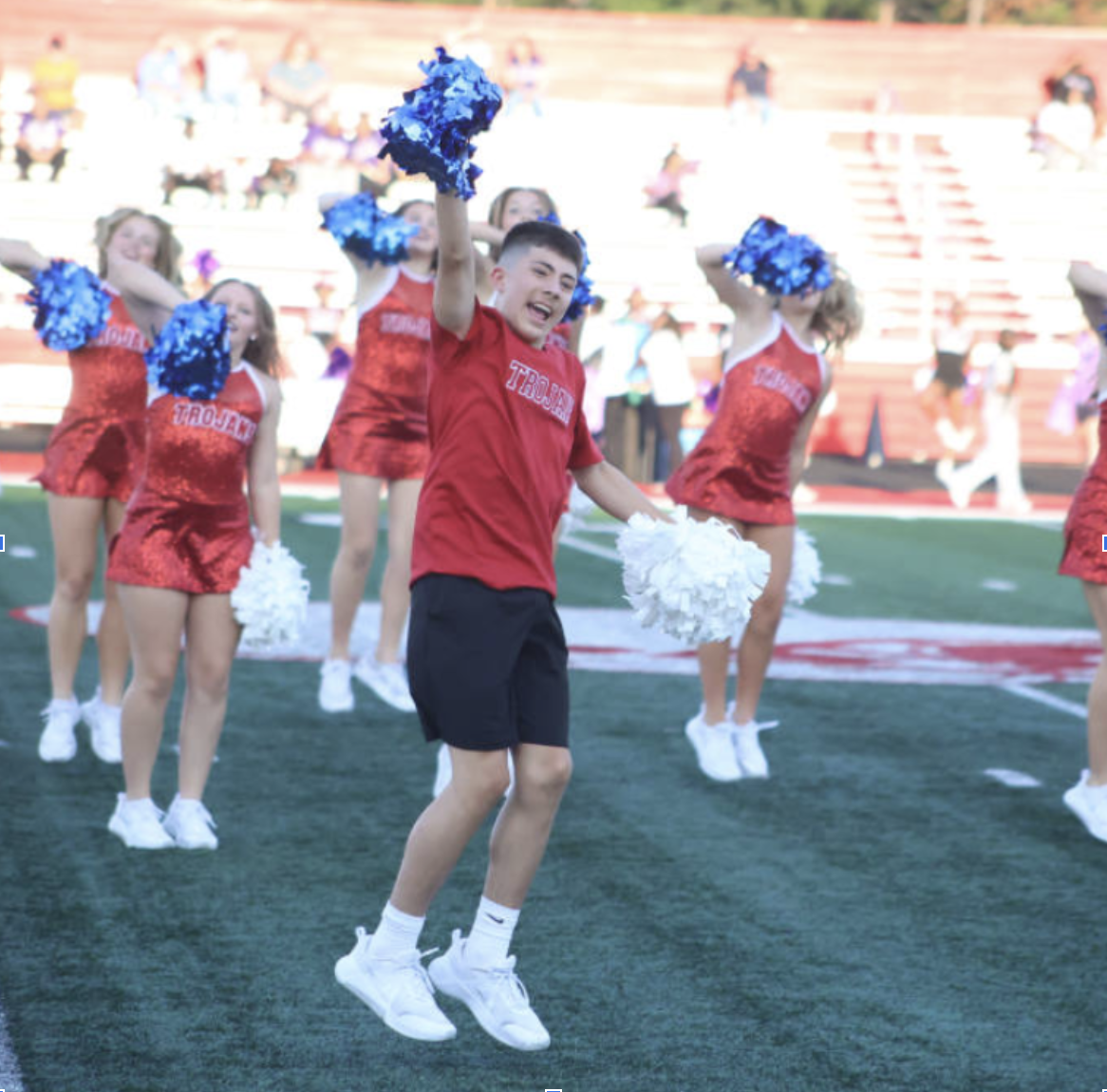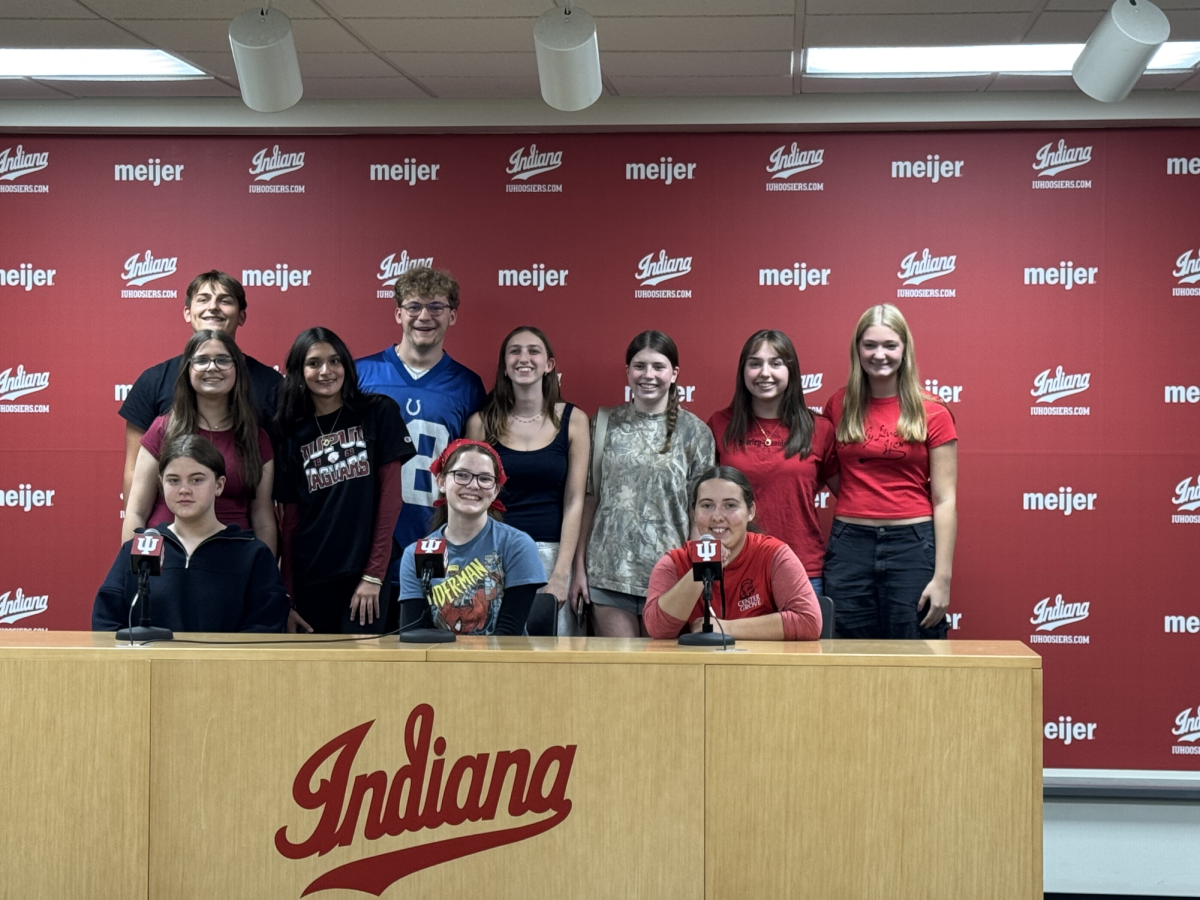STaR changes delayed because of technical difficulties
Seniors Paige Dwyer and Lexi Fair work in the Media Center. Once STaR changes to AIM, students will have choices where to go during the current STaR block on Mondays through Thursdays.
August 30, 2019
The administration has delayed changes to STaR that were initially planned for Tuesday, Sept. 3. Students should report to their STaR as usual on Tuesday morning.
The STaR model will change to a system in which students report to a different place each day depending on what they need. Teachers can request to see students for extra help, and students can request to go places based on their interests and needs. This means that instead of reporting to a STaR every day, students may go to a different place each day.
Principal Jeff Henderson says that although he had hoped to implement a new online program to manage where students go, he had to reschedule because of a data issue.
”The system is a lot of moving parts,” Henderson said. “The computer program needs to be able to track students, and we need to manage the program so we can implement it on student devices.”
Although STaR changes have been delayed, the school still plans to apply these changes. Henderson said that in a series of survey questions for teachers, 70.2% said that STaR did not have a well-defined purpose, 85.6% said the school did not have a clearly defined system to help students who struggle and 89.4% said STaR should be revised.
“We can do better than what we’re doing with this block of time in the day,” Henderson said.
In the new system, STaR will be replaced by a program known as AIM (Always Improving Myself) on Monday, Tuesday and Thursday. Friday will continue to be a traditional STaR
“The whole system works like a gigantic game of Euchre,” Henderson said. “At its very basic level a student gets to choose where they go.”
Students who are missing three or more assignments will also be sent to teacher’s classrooms during AIM. Missing assignments have been a concern for teachers and administrators because they often lead to failing grades.
“In high school, most students don’t fail because they can’t, it’s because they won’t. It’s hard to evaluate nothing,” Henderson said. “Teachers need to see the work to know what skills students lack. It’s also unrealistic for us to expect every parent to help every student in every area. Every kid, if placed appropriately, should have a little bit of academic stress.”
While students may be worried AIM will affect clubs, Henderson says the program will most impact students with missing assignments or low grades.
“The potential exists for students to miss out on clubs if they’re not doing the work,” Henderson said.
Despite the changes, Henderson believes the new system is important and will ultimately benefit the student body.
“We know out of the gate it’s not going to be perfect and we’re going to modify it as it goes on based on feedback from teachers,” Henderson said. “But when you look at the fact that 25% of our students have one or more Fs, that’s unacceptable. We need to do something about that.”


